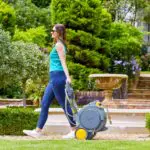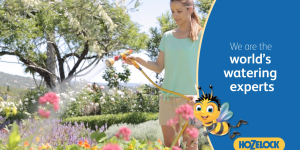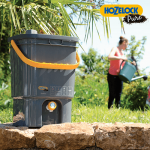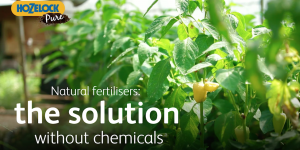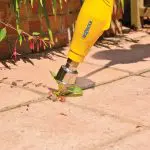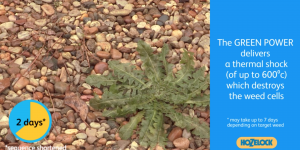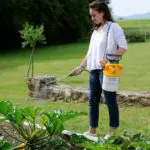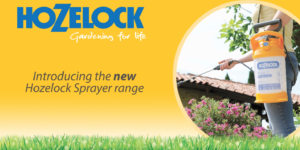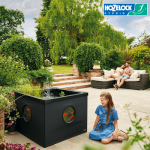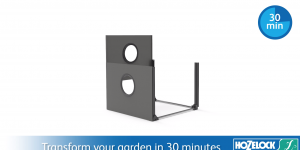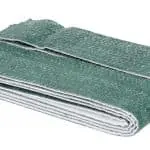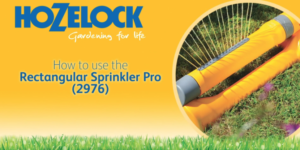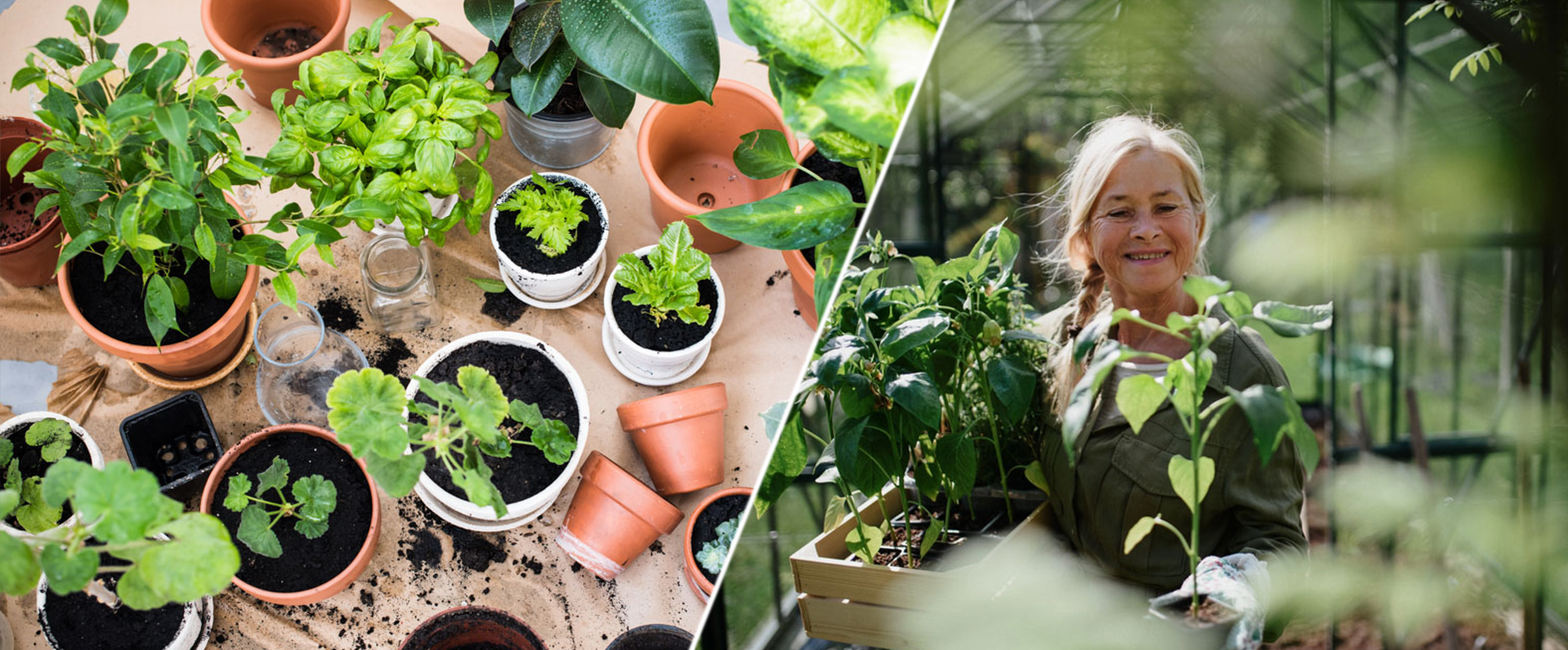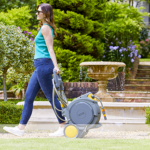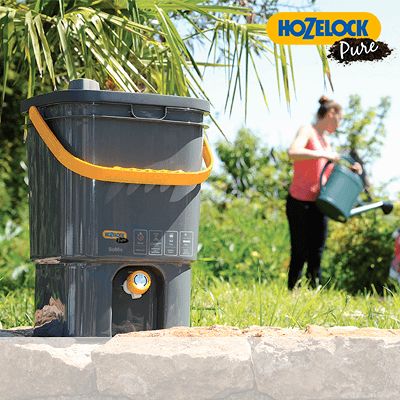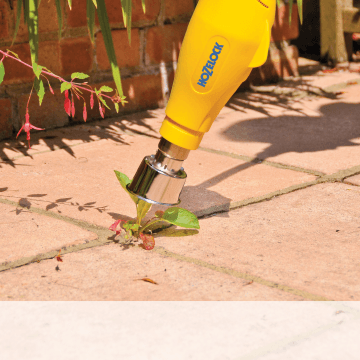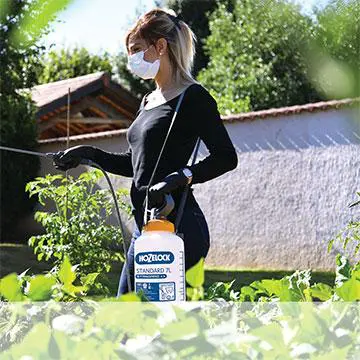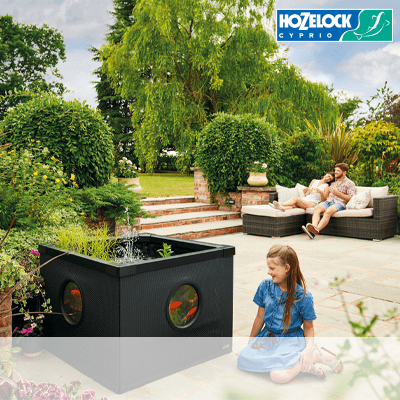Here are Hozelock’s Top 10 Best Tips for Growing a Herb Garden. Learn the best ways to propagate, prune and water correctly, then watch your herb garden flourish. Let us know your experiences with growing herbs in the comments section below!
Top 10 Best Tips for Growing a Herb Garden
1. Provide the Correct Temperature
The ideal temperature for growing most herbs is between 18-21 Degrees Celsius (65-70 Fahrenheit). This temperature is achievable in most homes and greenhouses. Temperature is an important factor for growing herbs in order for them to grow and mature effectively.
It can be tempting to place your herbs in front of the glass, however, be careful as growing plants may touch the glass, burning themselves in the process. If you are struggling to reach the ideal temperature, try minimising any draft around your windows with draft excluders or homemade solutions. This will help in reaching the ideal temperature.
2. Use Nourishing Soil
When purchasing soil, some products are labelled “potting soil” and some “potting mix”. Potting mixes are lighter and contain aerators which help with drainage and are ideal for growing herbs indoors. Try not to use soil from your garden, as this is often far too compact to grow herbs indoors, the minimal drainage will limit the growth of herbs.
You can keep your soil replenished by feeding the soil with coffee grounds, crushed eggshells and even your own homemade compost (be careful of any strong smells, especially when using it in your home). You can also opt for using a commercial fertilizer which will also help the growth of your herbs.
3. Water Correctly
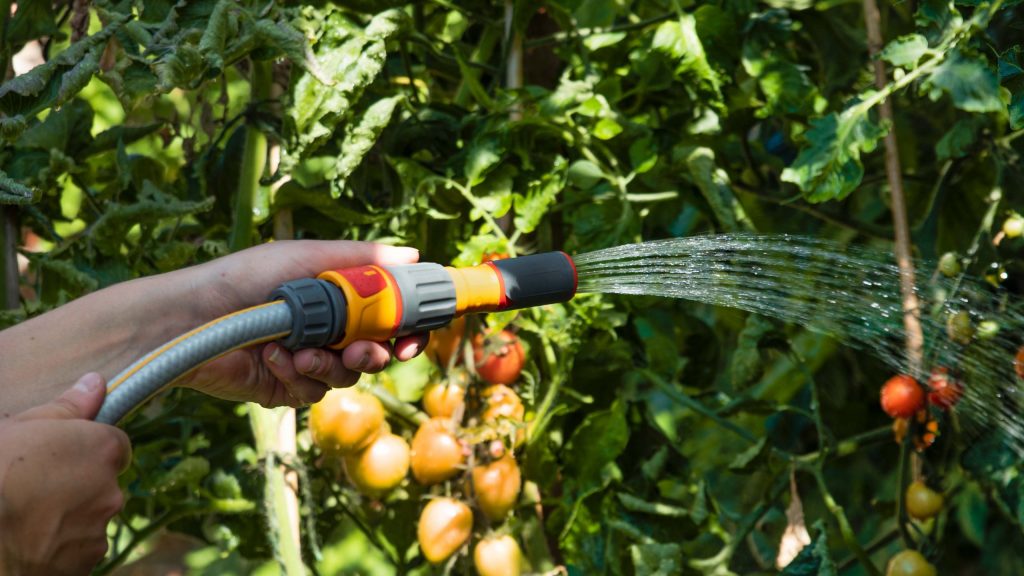
When watering herbs, try to water little and often. What this means is, it allows the ports to dry out somewhat in between watering. You can test the soil by using your finger. If the top layer is dry (1-2 inches below the top), it is time to water. The aim in doing this is to allow the roots to grow deep looking for more water, helping to stimulate more growth in your herbs.
Also, water herbs slowly and delicately, by watering quickly the water can run straight through the soil and through the drainage holes. Watering slowly allows the plant to absorb moisture gradually and effectively (think how well plants react to rain, as opposed to a flood of water).
A little misting can also help to create some humidity around the herbs, helping them to grow. Use our Multi Spray Gun Pro to help mist your plants.
4. Buy Starter Plants
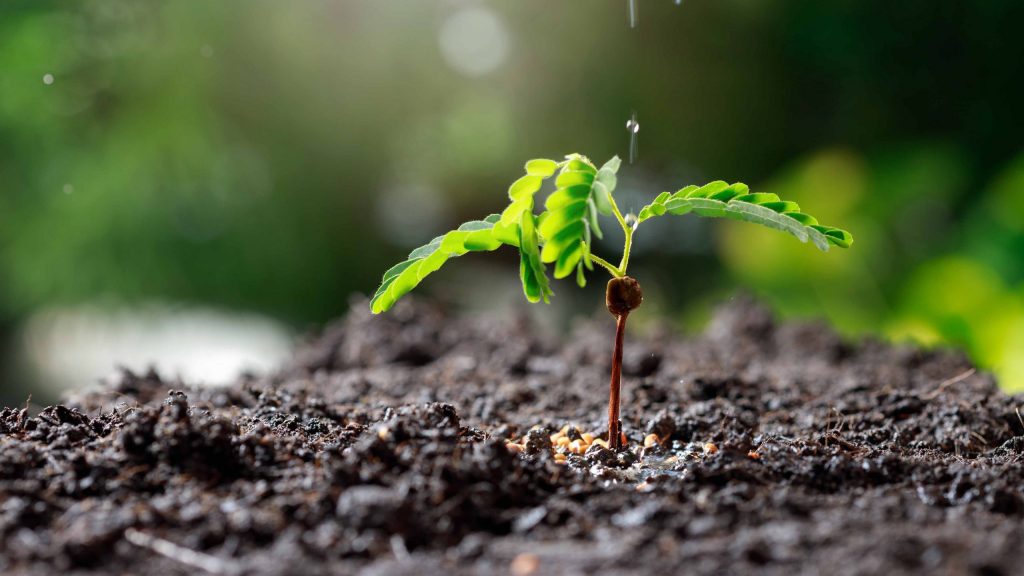
Starter plants are not only an easier method of creating a herb garden but a far quicker one too. Growing herbs from seed is inexpensive, however, it can certainly prove challenging.
You can purchase a whole host of starter herbs, helping you to get started in creating your herb garden (sage, thyme, parsley, basil, rosemary). Once you feel as though you have mastered the art of herb growing, you can move on to other varieties of herbs. Understanding what it takes to grow herbs successfully, will help in advancing your gardening capabilities.
5. Provide Good Lighting
Growing herbs with the use of good lighting is very important. Good light keeps your herbs growing and strong, and tasting delicious too! Providing light is one of the most important factors in successfully growing herbs.
A greenhouse, outdoors or a sunny window is an ideal location for growing herbs. If you have a sunny window, you can use suction cup shelves to display the herbs on, or even build a shelf yourself.
If you are limited in light, you can still be successful in growing herbs. You may have to opt for creating your own additional light source, using a task light with a CFL bulb from a hardware store. Learn more about CFL bulbs here. Finally, if there is sunlight but just in the wrong place, you can use mirrors to direct the sun onto the herbs.
6. Grow Each Herb in a Separate Pot
When growing herbs, it is best to pot each herb within a separate pot. This prevents one herb from taking over the space available, this is often quite common when planting mint for example.
Individual herbs may react differently to diseases or pests, however planting in such close proximity, can affect all plants in the pot. Remember that the herbs you have planted will hopefully grow to a good size, meaning that they could become overcrowded very quickly.
Also, by planting separately you can experiment better by placing each herb in different areas, and seeing how they react.
7. Prune
As a gardener, one of the hardest things to do is trimming off healthy growth. Especially in herbs, as normally you will be trimming an insufficient amount to cook with. Pruning your herbs is essential to keep them growing strong.
Make sure to prune leaves that are closer to the top of the plant, rather than the leaves near the bottom. Make your first cut about 3 inches above soil level and above. Make sure to trim above a growing set of leaves, so they can continue to grow and thrive. As soon as flowering buds appear, make sure to remove or prune.
The aim of this, is to keep your plant growing strong and wider, rather than tall and spindly. Sacrificing leaves at the start, will result in a greater amount in the future. Pruning herbs encourages new foliage growth, making them full and bushy.
8. Propagate Stem Cuttings
Stem propagation is a great way to prolong the life of your herb and to create new start plants. Propagating the stem will allow you to plant more of the same herb, this is ideal if you feel as though you need to grow more.
The best way to take a cutting is straight from the stem itself, around 4 inches long. Snip off the stem and gently cut off any leaves from the bottom 2 inches (it’s ok to have a few leaves remaining near the top). Put these in a glass of water, and place them on a sunny windowsill. The stems may need support, make sure not to overcrowd and keep your water clean.
You can also add a small amount of liquid fertiliser to help stimulate growth. You should see roots developing within 2-4 weeks. Once strong roots are formed, place them into a small pot and watch them grow.
9. Air Circulation
Having good air circulation around your herbs is important for their success. If they are too close together and placed within a confined space, they will struggle to breathe and survive. It’s a good idea to re-arrange your herb garden, preventing your herbs from becoming stagnant. Limited airflow can be a contributing factor to plant diseases.
10. Start With Something Simple
Start your herb garden off with a herb that is relatively easy to grow, something like basil, mint or thyme will do the trick. Source a few hardy seedlings from a local garden centre, friend or even a supermarket. Take on board all previous tips, and most importantly be patient.
We hope you enjoyed reading our Top 10 Best Tips for Growing a Herb Garden. If you have made it this far, make sure to leave a comment below on your experience with growing herbs!


